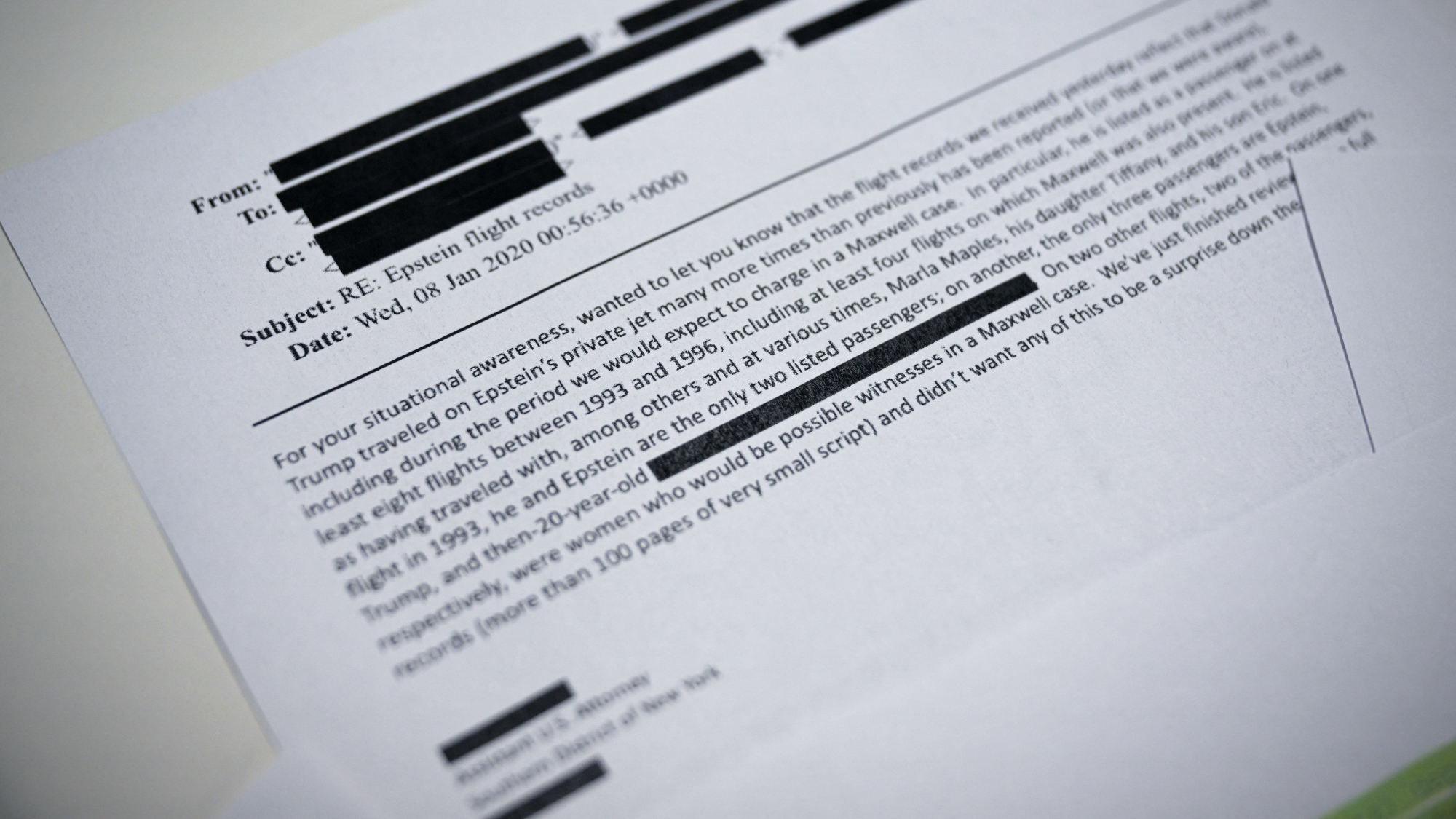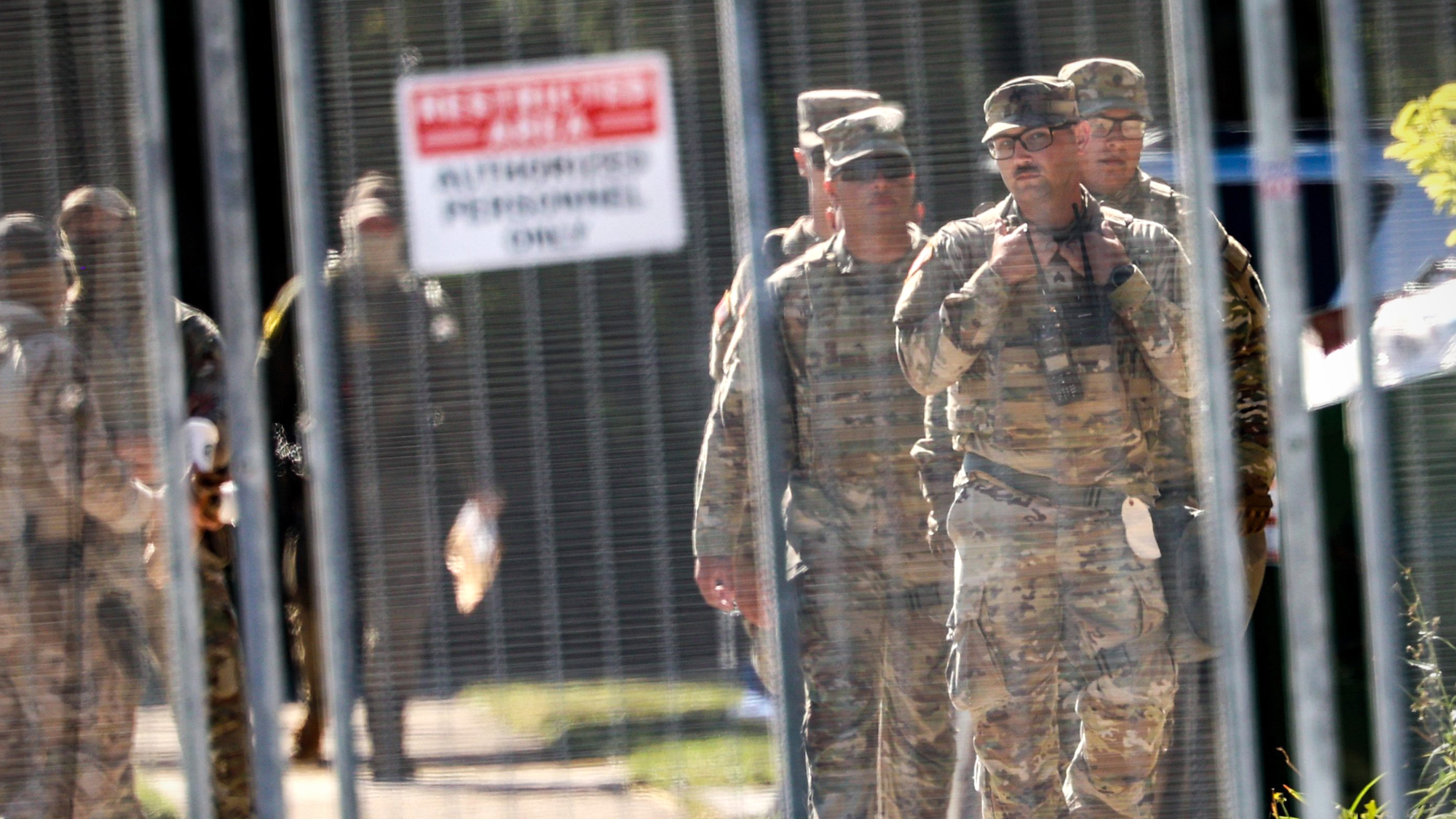This Atlantic hurricane season is expected to be above average
Prepare for strong storms in the coming months

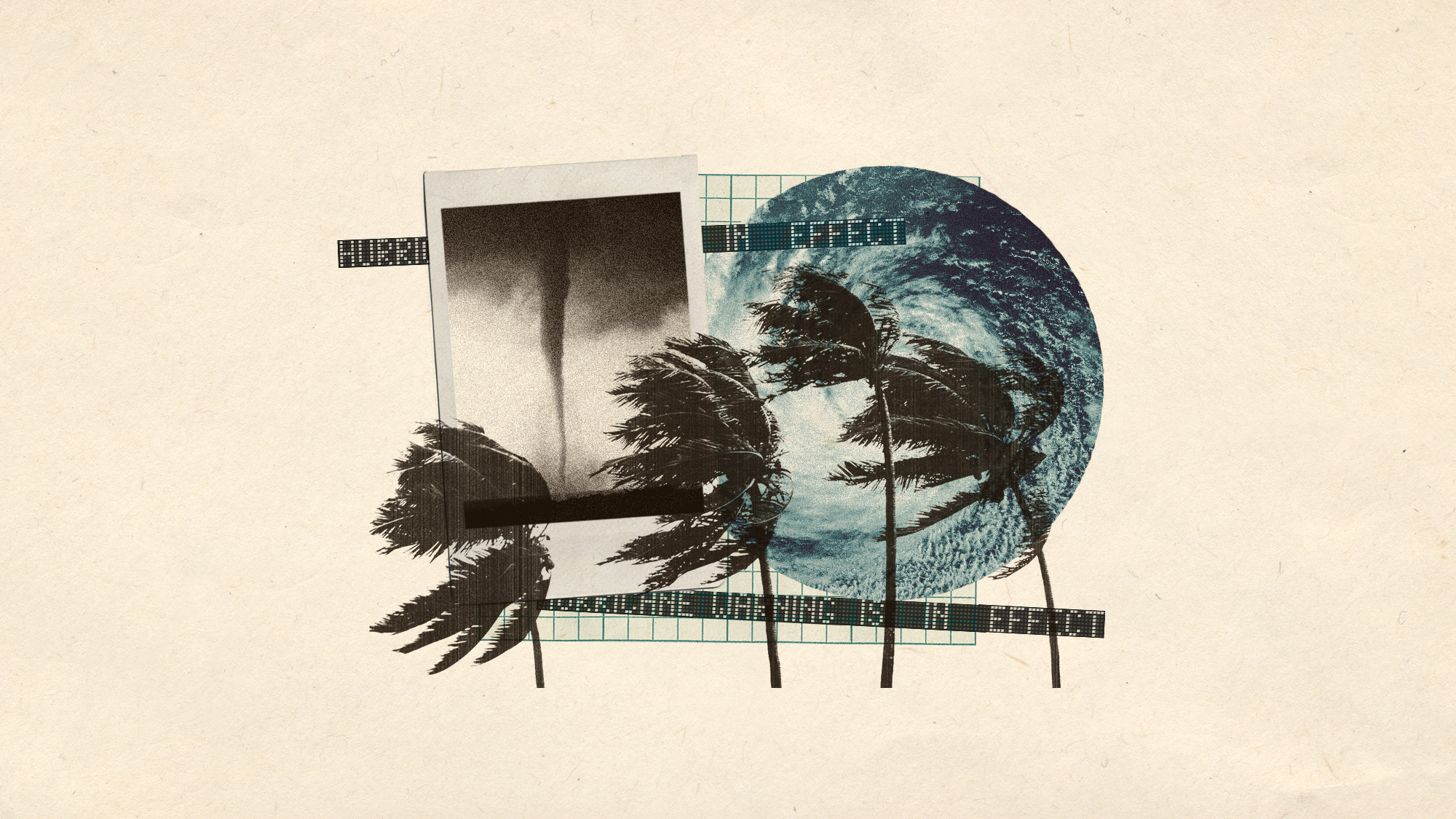
The National Oceanic and Atmospheric Administration has predicted an above-average Atlantic hurricane season this year, spanning from June 1 to Nov. 30. A variety of environmental conditions have increased the chances of strong storms, and damages are only expected to worsen as agencies like the Federal Emergency Management Agency and NOAA are defunded by the Trump administration.
A stormy season
The 2025 Atlantic hurricane season is predicted to have between 13 and 19 named storms. Among these could be three to five major hurricanes that are Category 3 or higher. The season usually peaks in September. "Some experts are concerned that the current setup may resemble something closer to the 2017 season, the year of hurricanes Harvey, Irma and Maria," said The New York Times, when the storms reached the upper limit of their forecast. "This outlook is a call to action: be prepared," NOAA's National Weather Service Director Ken Graham said in a statement. "Take proactive steps now to make a plan and gather supplies to ensure you're ready before a storm threatens."
The prediction is based on a "confluence of factors," the NOAA statement said, including neutral El Niño–Southern Oscillation conditions. When there are El Niño or La Niña conditions, they "change atmospheric circulation and push the jet streams around in specific ways," the NOAA said. In neutral conditions like now, "less predictable weather and climate patterns can be more important." Other predictive factors include "warmer than average ocean temperatures, forecasts for weak wind shear and the potential for higher activity from the West African Monsoon, a primary starting point for Atlantic hurricanes," said the statement. These elements together contribute to a higher likelihood of hurricanes and tropical storms forming. "I would not be surprised if we see early-season activity well ahead of the peak," Marshall Shepherd, an atmospheric scientist at the University of Georgia, said to Scientific American.
The Week
Escape your echo chamber. Get the facts behind the news, plus analysis from multiple perspectives.

Sign up for The Week's Free Newsletters
From our morning news briefing to a weekly Good News Newsletter, get the best of The Week delivered directly to your inbox.
From our morning news briefing to a weekly Good News Newsletter, get the best of The Week delivered directly to your inbox.
While there is a 60% chance of an above-average season, there is also a 30% chance of a near-normal season and a 10% chance of a below-normal season, according to the NOAA.
Rough waters ahead
While "climate change is not expected to increase the number of these storms globally," warming temperatures are "thought to increase the chances of them reaching the highest wind speeds, bringing heavier rainfall and a higher likelihood of coastal flooding," said the BBC. Warm oceans are a particular threat. "Over 60% of the Gulf is at record or near-record warmth for the time of year, and waters east of Florida and around the Bahamas are as warm as we've seen them for the start of any hurricane season in the satellite era," Michael Lowry, a hurricane specialist at WPLG Local 10 News in Miami, said to Scientific American.
Damages are also expected to be worse this season because both the NOAA and FEMA have faced budget cuts from the Trump administration. "Places in Florida, Georgia and the Carolinas are still recovering from Helene, Milton and Debby," Shepherd said in reference to the worst storms of the 2024 season. And proper forecasting is necessary to allow areas to prepare for storms. "The impacts of hurricanes can reach far beyond coastal communities," acting NOAA Administrator Laura Grimm said. "NOAA is critical for the delivery of early and accurate forecasts and warnings and provides the scientific expertise needed to save lives and property."
A free daily email with the biggest news stories of the day – and the best features from TheWeek.com
Devika Rao has worked as a staff writer at The Week since 2022, covering science, the environment, climate and business. She previously worked as a policy associate for a nonprofit organization advocating for environmental action from a business perspective.
-
 Crest falling: Mount Rainier and 4 other mountains are losing height
Crest falling: Mount Rainier and 4 other mountains are losing heightUnder the radar Its peak elevation is approximately 20 feet lower than it once was
-
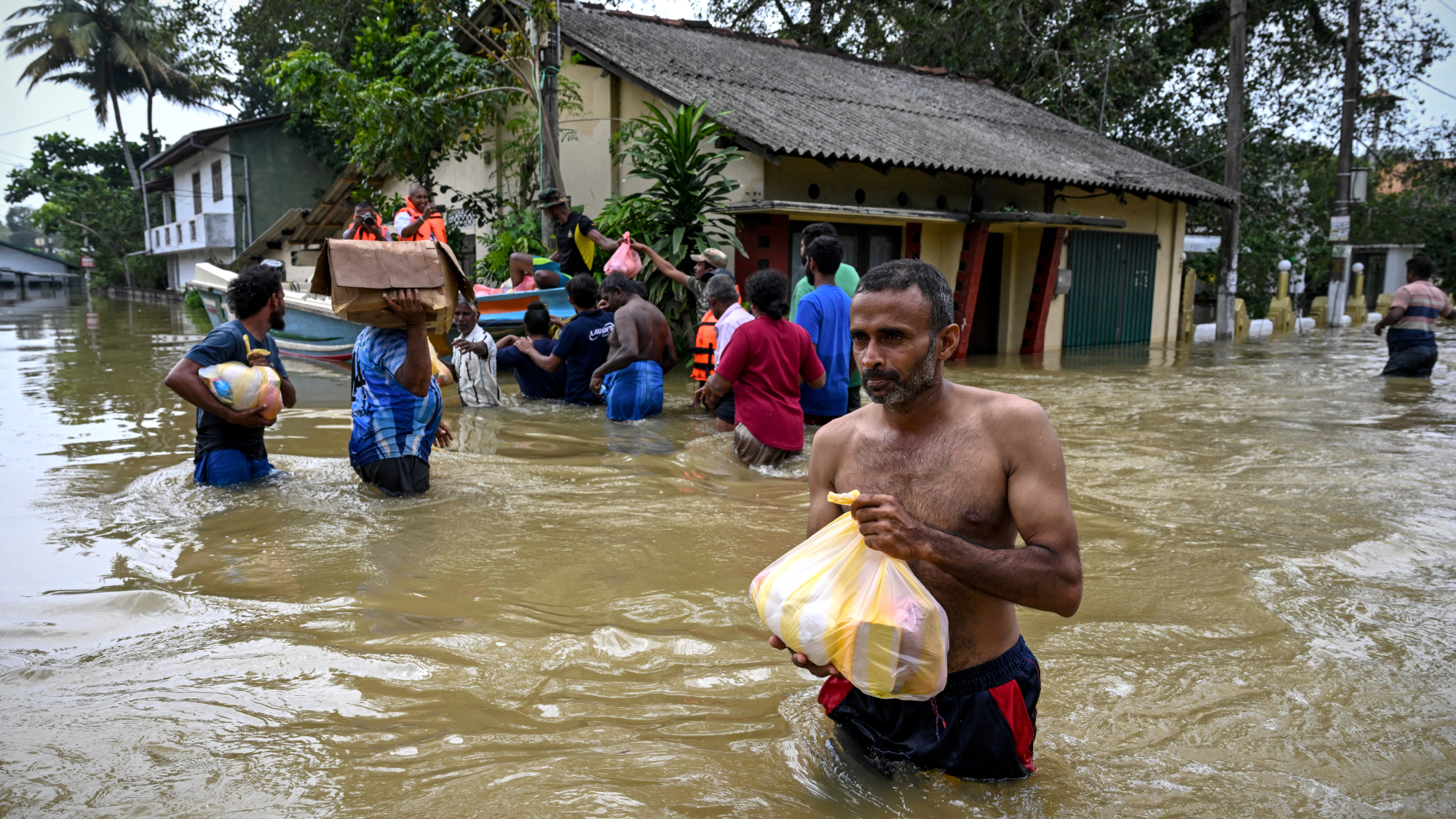 Death toll from Southeast Asia storms tops 1,000
Death toll from Southeast Asia storms tops 1,000speed read Catastrophic floods and landslides have struck Sri Lanka, Indonesia, Thailand and Malaysia
-
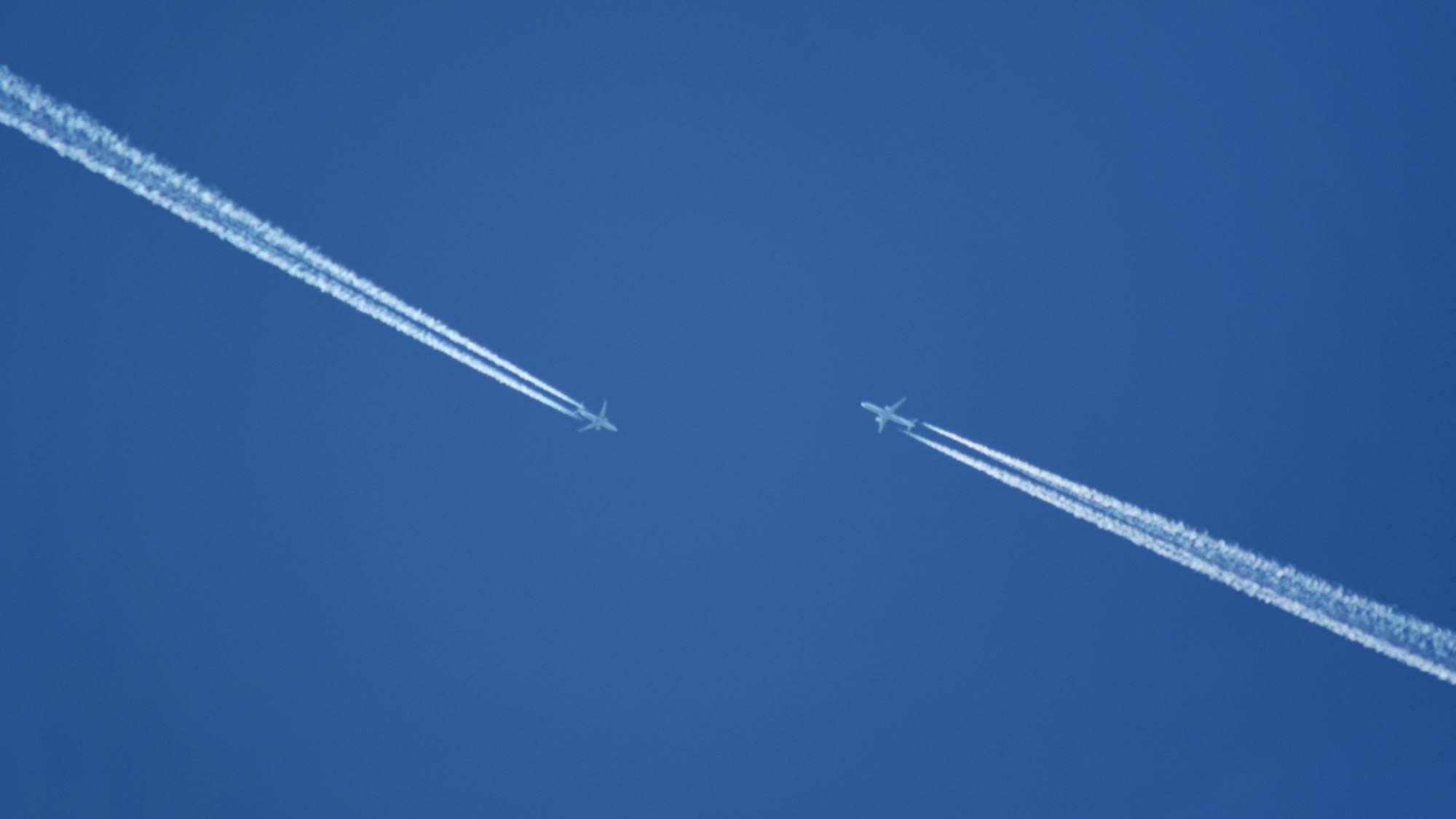 Can for-profit geoengineering put a pause on climate change?
Can for-profit geoengineering put a pause on climate change?In the Spotlight Stardust Solutions wants to dim the sun. Scientists are worried.
-
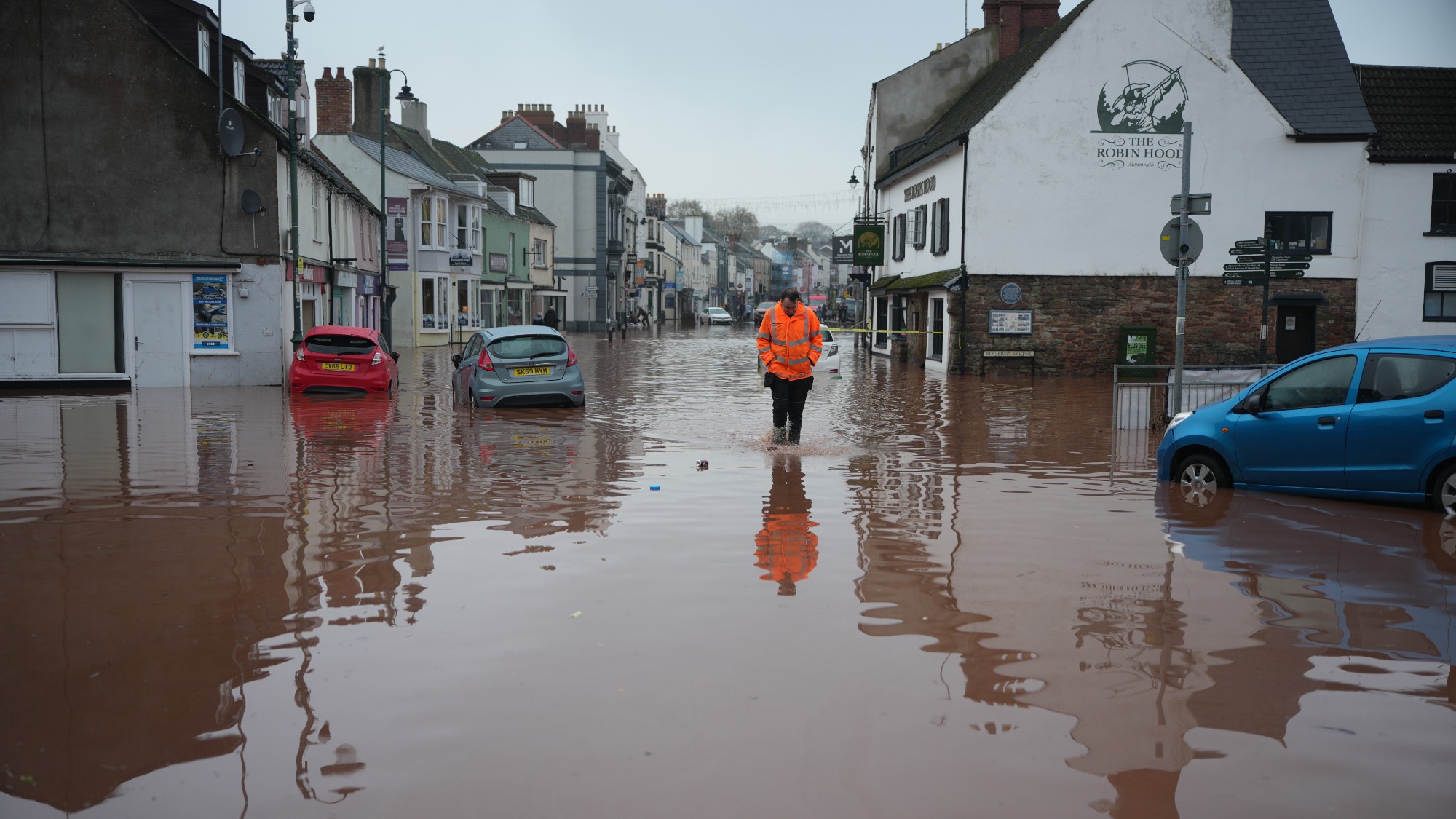 How will climate change affect the UK?
How will climate change affect the UK?The Explainer Met Office projections show the UK getting substantially warmer and wetter – with more extreme weather events
-
 Can the UK do more on climate change?
Can the UK do more on climate change?Today's Big Question Labour has shown leadership in the face of fraying international consensus, but must show the public their green mission is ‘a net benefit, not a net cost’
-
 Did Cop30 fulfil its promise to Indigenous Brazilians?
Did Cop30 fulfil its promise to Indigenous Brazilians?Today’s Big Question Brazilian president approves 10 new protected territories, following ‘unprecedented’ Indigenous presence at conference, both as delegates and protesters
-
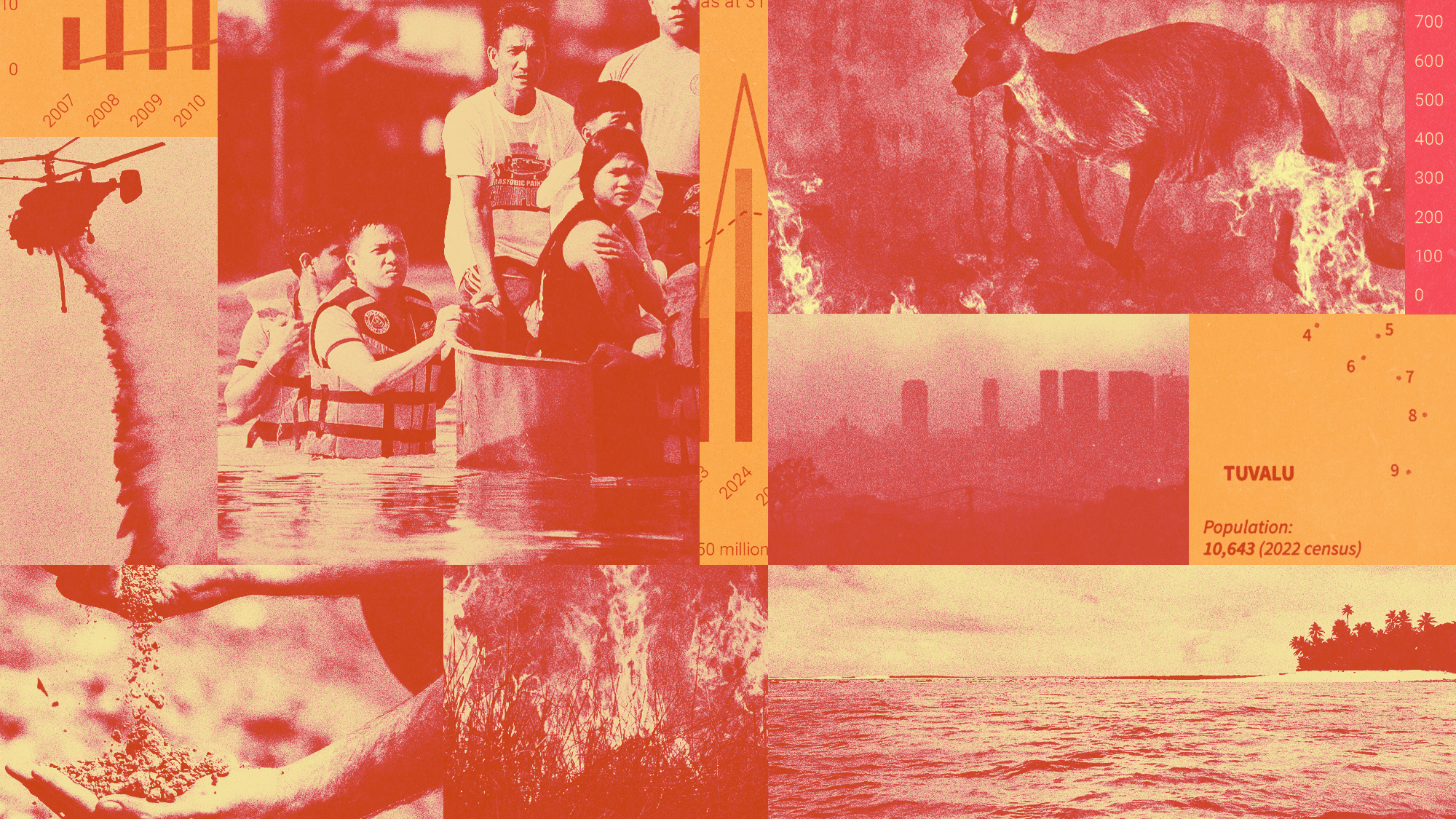 Can the world adapt to climate change?
Can the world adapt to climate change?Today's Big Question As the world gets hotter, COP30 leaders consider resilience efforts
-
 Taps could run dry in drought-stricken Tehran
Taps could run dry in drought-stricken TehranUnder the Radar President warns that unless rationing eases water crisis, citizens may have to evacuate the capital


